
Comparing Brake Disc Materials: Which One Offers The Best Performance?
Introduction
Brake discs, also known as brake rotors, are essential components in any braking system. Their primary function is to work together with the brake pads to slow down or stop a vehicle. This is achieved through the conversion of kinetic energy into thermal energy via friction. The efficiency, reliability, and safety of braking systems relies on the quality and condition of the brake discs. Given their critical role in vehicle safety and performance, the choice of material for these discs is of paramount importance.
There are primarily three types of materials used in the manufacture of brake discs: cast iron, carbon ceramic, and composite materials. Each of these materials comes with distinct properties and benefits, making them suitable for different applications and vehicle types.
1. Cast Iron: This is the most used material in brake discs, particularly for standard passenger vehicles. Cast iron discs are preferred for their durability, cost-effectiveness, and good heat dissipation properties. However, they are quite heavy, which can affect a vehicle's fuel efficiency and performance.
2. Carbon Ceramic: These brake discs are often found in high-performance and luxury vehicles. Carbon ceramic discs are lighter than cast iron, which makes for better handling and acceleration. They also perform exceptionally well under high temperatures, making them ideal for high-speed driving. The downside is their much higher cost compared to cast iron.
3. Mixed Materials: These are the latest innovation in brake disc materials. Composites can include a mix of metals and non-metallic substances to create discs that are lightweight yet durable. They are designed to offer improved performance and can be tailored to specific applications, though they can be more expensive than traditional materials.
Understanding the differences between these materials is crucial for vehicle manufacturers, automotive engineers, and consumers making informed decisions about their vehicles. Whether it's a regular passenger car, a high-performance sports car, or a heavy-duty vehicle, the choice of brake disc material can significantly impact the vehicle's braking performance and overall driving experience.

Comparison of Materials
This section will explore each material in detail, examining their properties, manufacturing processes, and applications. We will also consider how these materials impact vehicle performance, safety, and cost.
Cast Iron
Properties and Manufacturing Process: Cast iron brake discs are renowned for their durability and strength. Made primarily from iron with a small percentage of carbon, these discs are manufactured through a casting process. The iron is heated until molten and then poured into moulds. Once cooled, the discs are machined to achieve the desired surface finish and dimensions. This process makes cast iron discs relatively easy and economical to produce.
Performance and Application: In terms of performance, cast iron discs provide reliable and consistent braking. They can withstand significant heat during braking, making them suitable for everyday driving conditions. However, their susceptibility to rust and corrosion, particularly when exposed to moisture and salt, is a notable drawback.
Cost: Cast iron discs are the most economical option among the three. Their widespread use and easier simple manufacturing process make them more affordable, both in terms of initial cost and replacement.
Carbon Ceramic
Properties and Manufacturing Process: Carbon ceramic brake discs are a product of advanced engineering. They are made from a mixture of carbon fibres and ceramic, baked at extremely high temperatures. This process, known as sintering, bonds the materials together to create a lightweight yet strong composite. The product is a disc that is much lighter than cast iron and extremely resistant to wear and heat.
Performance and Application: Carbon ceramic discs excel in high-performance situations. They offer exceptional heat resistance, which prevents brake fade during intense driving conditions, such as racing. Their lightweight nature also contributes to a reduction in un-sprung mass, improving vehicle handling and acceleration. However, they are less effective in cold conditions and can take longer to reach optimal operating temperature.
Cost: The sophisticated manufacturing process and materials used in carbon ceramic discs make them significantly more expensive than cast iron. They are typically found in luxury and high-performance vehicles, where cost is less of a constraint and performance is a priority.
Bi-Metallic Materials
Properties and Manufacturing Process: Composite brake discs are a blend of various materials, including metals and non-metallic substances. The exact make-up can vary, but it often involves layers of different materials that are pressed and bonded together. The idea is to harness the strengths of each material, such as the lightweight nature of certain composites and the heat resistance of metals.
Performance and Application: Bi-metallic discs offer a middle ground between cast iron and carbon ceramic discs. They are lighter than cast iron, which helps in reducing the overall weight of the vehicle, and they perform better in a wider range of temperatures compared to carbon ceramics. Composites can be engineered for specific applications, making them versatile for various vehicle types.
Cost: The cost of composite brake discs is generally higher than cast iron but lower than carbon ceramics. The price can vary widely depending on the materials used and the complexity of the manufacturing process. They are often used in vehicles where a balance between performance and cost is desired.
Comparative Analysis
Performance
Cast iron: Good for everyday use, consistent performance, but heavier.
Carbon ceramic: Excellent in high-temperature conditions, ideal for high-speed applications, but less effective in cold weather.
Bi-metallic: Versatile, good heat resistance, and lighter than cast iron.
Durability
Cast iron: Prone to rust and wear but generally long-lasting.
Carbon ceramic: Extremely wear-resistant, less prone to corrosion.
Bi-metallic: Varies based on materials used, generally durable.
Cost
Cast iron: Most economical, widely available.
Carbon ceramic: High cost, mostly used in premium vehicles.
Bi-metallic: Moderately priced, cost varies based on composition.
Each material offers distinct advantages and disadvantages. The choice depends on the specific requirements of the vehicle and the priorities of the user, whether it's for everyday driving, high-performance racing, or a balance of performance and cost.

How Material Choice Impacts Braking Performance
Impact on Braking Efficiency and Heat Dissipation
1. Cast Iron
Cast iron’s high friction coefficient ensures a consistent brake feel and effective stopping power. This reliability is particularly noticeable in everyday driving conditions, where sudden stops and moderate braking are common.
Heat Dissipation
Cast iron, while robust, can suffer under extreme thermal stress. During heavy or repeated braking, such as in high-speed driving or on steep descents, these discs can heat up significantly, leading to potential warping or cracking. Over time, this can diminish braking efficiency and may require more frequent replacements compared to other materials.
2. Carbon Ceramic
Braking Efficiency: These discs are known for exceptional performance at high-speed and in demanding driving conditions. Their composition allows for a quick and responsive braking experience, with less force required to achieve significant deceleration. This efficiency is crucial in sports and luxury vehicles where quick response times are essential.
Heat Dissipation: Carbon ceramic discs are engineered to withstand extreme temperatures without losing their structural integrity or efficiency. This property is particularly beneficial in preventing brake fade – a common issue in high-performance driving where brakes may lose effectiveness due to excessive heat.
3. Bi-Metallic Designs
Braking Efficiency: Bi-Metallic brake discs offer a balanced braking experience, suitable for a variety of driving conditions. They provide better efficiency than cast iron, especially in changing temperature conditions, delivering a consistent braking feel.
Heat Dissipation: These discs generally fare better in heat management than cast iron. Their Bi-Metallic nature allows for better heat resistance, reducing the likelihood of brake fade and maintaining performance over a broader range of driving conditions.
Impact on Vehicle Handling and Control
1. Cast Iron
Cast iron's significant weight contributes to increased un-sprung mass in a vehicle. This can impact the vehicle's handling and suspension response, particularly in high-speed scenarios or when navigating corners. The added weight may also slightly reduce fuel efficiency and acceleration.
2. Carbon Ceramic
The lightweight nature of carbon ceramic discs significantly reduces the un-sprung mass, allowing for more agile and responsive vehicle handling. This reduction enhances the overall driving dynamics, improving cornering abilities, and contributing to a smoother ride, especially in performance vehicles.
3. Bi-Metallic Materials
Bi-Metallic brake discs strike a balance in terms of weight, offering improved handling and control compared to cast iron without the high cost of carbon ceramics. They contribute to better overall vehicle dynamics, including smoother acceleration and more responsive handling, making them suitable for a wide range of vehicles, from daily drivers to performance cars.
Longevity and Wear Resistance
1. Cast Iron
While cast iron discs are known for their durability, they are susceptible to rust and corrosion, particularly in moist or salty environments. Over time, the surface can become uneven, leading to reduced braking efficiency, and more frequent replacement.
2. Carbon Ceramic
These discs are highly wear-resistant, often outlasting the lifespan of the vehicle itself in standard driving conditions. Their resistance to corrosion and wear makes them a long-term investment, particularly for vehicles that are used in demanding conditions.
3. Bi-Metallic Materials
The wear resistance and longevity of Bi-Metallic materials can vary greatly depending on their specific composition. However, they generally provide a longer lifespan than cast iron, offering a cost-effective alternative to carbon ceramics for drivers who seek enhanced performance without the premium price tag.
In summary, the material of brake discs plays a pivotal role in determining the overall braking performance, vehicle handling, and longevity of the brake system. While cast iron remains a popular choice for its cost-effectiveness and reliability in standard driving conditions, carbon ceramic and Bi-Metallic designs offer advanced benefits for high-performance and diverse driving requirements. Understanding these differences is essential for making informed decisions about brake disc materials, whether for consumer vehicle selection, automotive design, or performance tuning.

Pros and Cons of Different Materials
Cast Iron
Advantages
Cost-Effective: Cast iron discs are the most affordable option, making them accessible for a wide range of vehicles.
Reliable Performance: They provide consistent braking power and are well-suited for everyday driving conditions.
Ease of Manufacture: Their production process is straightforward, contributing to their widespread availability.
Disadvantages
Weight: Heavier than other materials, contributing to increased un-sprung mass and potentially affecting fuel efficiency and handling.
Prone to Corrosion: Susceptibility to rust and corrosion, especially in moist or salty environments.
Heat Warping: Under extreme conditions, they can warp due to heat, impacting braking efficiency.
Carbon Ceramic
Advantages
High-Performance: Exceptional in high-speed situations, offering superior braking and heat resistance.
Longevity: Highly durable and resistant to wear and corrosion.
Lightweight: Reduces un-sprung mass, enhancing vehicle handling and performance.
Disadvantages
Cost: Significantly more expensive, making them less accessible for everyday use.
Performance: Less effective in cold conditions, taking longer to reach optimal operating temperatures.
Specialised Use: Primarily found in high-end sports and luxury vehicles.
Bi-Metallic Materials
Advantages
Balanced Performance: Offer a middle ground in terms of performance and heat management.
Versatility: Suitable for a variety of driving conditions and vehicle types.
Weight Advantage: Lighter than cast iron, contributing to improved vehicle dynamics.
Disadvantages
Cost: Generally more expensive than cast iron, with prices varying based on design and manufacturing process.
Wear Characteristics: Depending on the composite mix, they can have varied longevity and wear resistance.
Manufacturing Complexity: Can be more complex to produce than cast iron.
Material Selection Guide
Standard Vehicles and Everyday Use: Cast iron is a suitable and cost-effective choice for regular passenger vehicles, offering reliable performance for daily driving.
High-Performance and Luxury Vehicles: Carbon ceramic discs are ideal for sports cars and luxury models where performance, weight reduction, and longevity are priorities.
Versatile and Performance Vehicles: Bi-Metallic designs are an excellent option for drivers seeking a balance between performance and cost, suitable for a wide range of vehicles including performance sedans and SUVs.
News and blogs
-
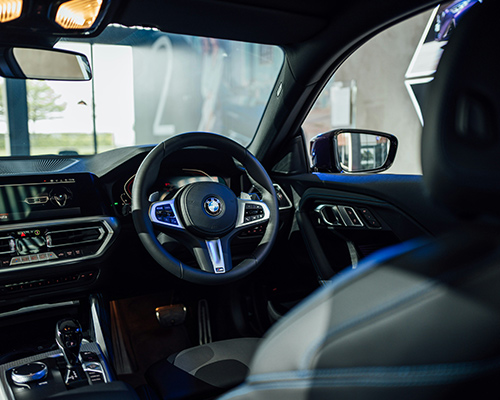
Over The Air Software Updates: What Are They and Do They Really Increase The Value of Your Car?
12th Mar 2025
Read More -

Ferrari's First Fully Electric Car: What We Know So Far
19th Feb 2025
Read More -
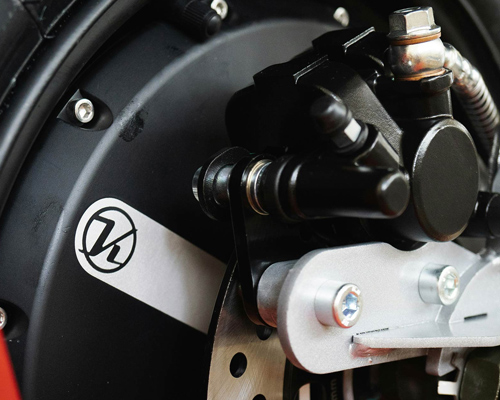
The Future of Brake Calipers: Innovations and Trends
27th Jan 2025
Read More -
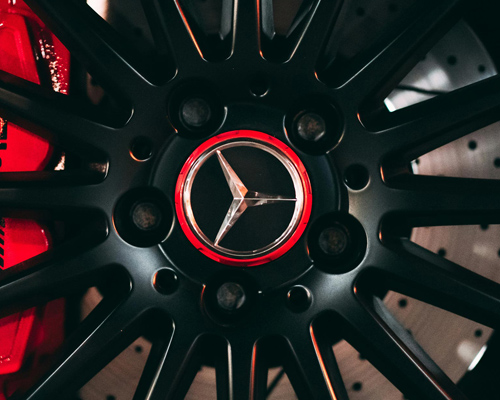
How Often Should You Replace Your Brake Calipers?
27th Jan 2025
Read More -
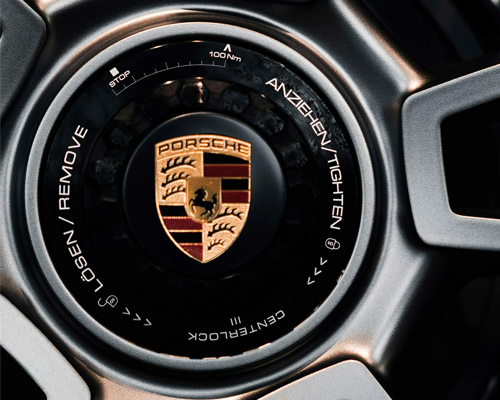
How to Choose Brake Calipers for High-Performance Vehicles
27th Jan 2025
Read More -

Best Brake Calipers for SUVs and Trucks
27th Jan 2025
Read More -
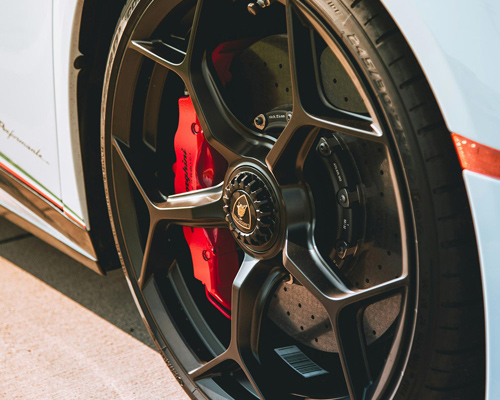
How to Replace a Brake Caliper: Step-by-Step Guide
27th Jan 2025
Read More -
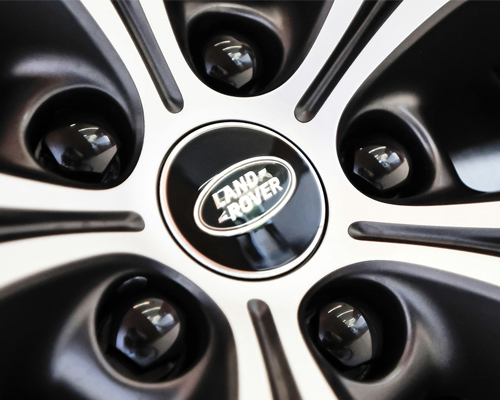
How to Spot a Worn-Out Brake Caliper
27th Jan 2025
Read More -
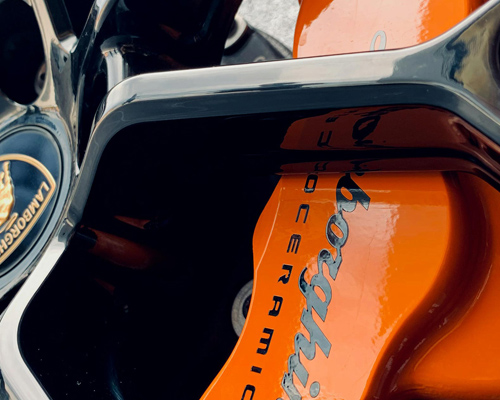
Common Causes of Brake Caliper Failure
27th Jan 2025
Read More -

Why Floating Brake Calipers Are the Preferred Choice for Most Cars
27th Jan 2025
Read More





